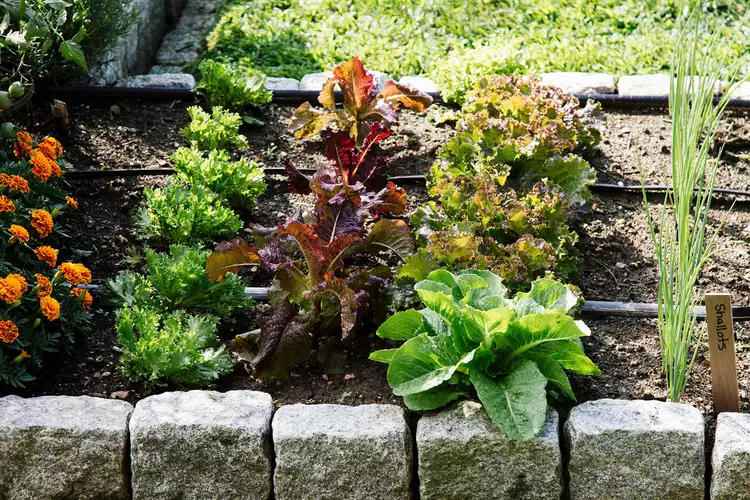Spring’s cool days offer perfect conditions for growing delicious, nutritious lettuces, but recognizing when lettuce starts to bolt signals it’s time for your final harvest. In cooler, damp weather, lettuce grows rapidly, yielding succulent, tender leaves with a flavor often superior to bagged greens from stores. However, as temperatures rise, lettuce plants begin bolting—a process where the main stem elongates, leaves space out, and their taste turns bitter while losing juiciness. Here’s how to manage bolting for optimal lettuce harvest:
Understanding Lettuce Bolting
Lettuce (Lactuca sativa), an annual vegetable in USDA Hardiness Zones 8-10, naturally bolts as it completes its life cycle. This phenomenon, common among cool-season plants like cilantro, spinach, and broccoli, involves the plant producing flowers and seeds to propagate itself, known as “going to seed.” Bolting typically occurs when daytime temperatures exceed 75°F and nighttime temperatures rise above 60°F. Once bolting begins, the plant prioritizes flower and seed production over leaf growth, leading to bitter-tasting leaves and eventual plant decline.
Tips to Delay Lettuce Bolting
To prolong your lettuce harvest, select heat-tolerant or bolt-resistant varieties such as butterhead or romaine types like ‘Sparx’ and ‘Salvius.’ Start planting early in spring to take advantage of cooler weather, and consider planting again in late summer for a fall harvest. Ensure your soil pH is between 6.2 and 6.8, and maintain well-drained soil enriched with organic matter. Fertilize with a balanced 10-10-10 fertilizer to support healthy growth.
Provide partial shade for lettuce plants, either with container placement on shaded patios or by positioning them under taller crops like corn in garden beds. Regular watering and mulching with shredded leaves or clean straw help retain soil moisture, aiding in bolting delay.
Harvesting and Beyond
When harvesting, pick outer leaves first to encourage continuous growth of inner leaves. Harvest head lettuce promptly to prevent overripeness. For a steady supply, sow lettuce seeds in intervals every few weeks. While bolting marks the end of fresh leaf harvest, it also attracts pollinators like bees and beneficial insects, enhancing garden biodiversity. Collect seeds from open-pollinated lettuces for future planting, noting that hybrid lettuce seeds may not produce identical parent plants.
